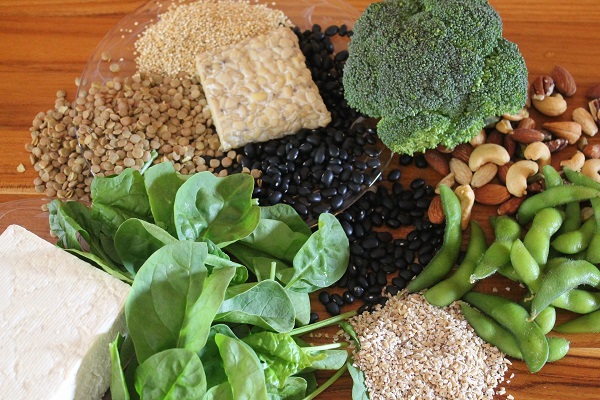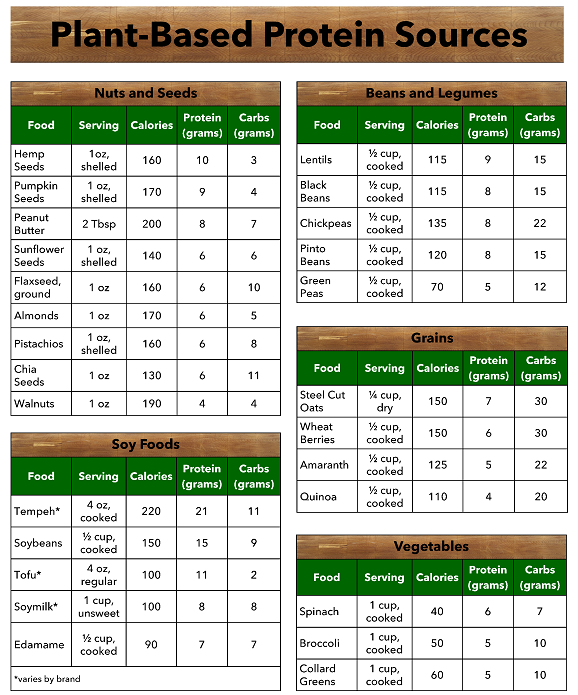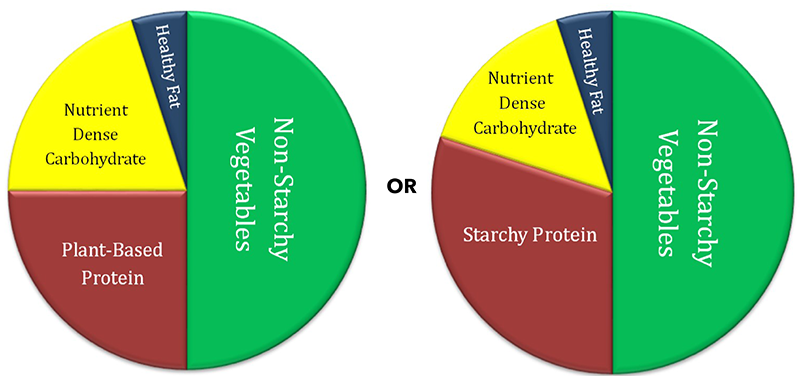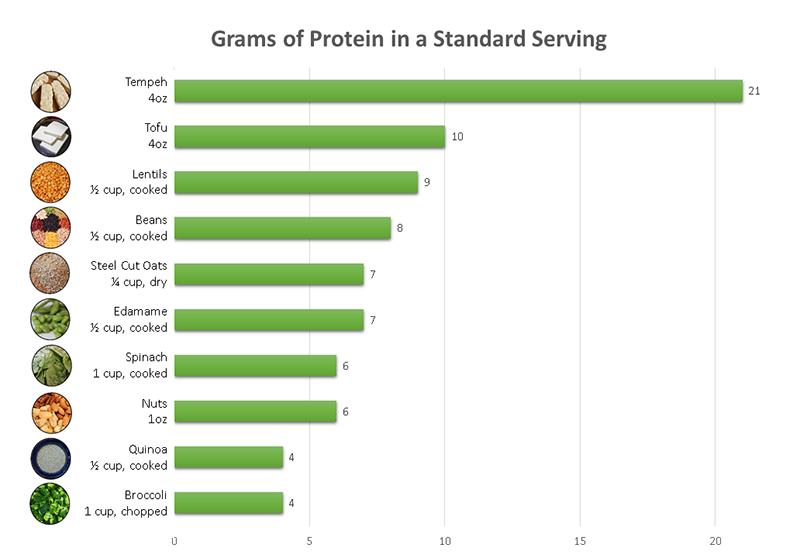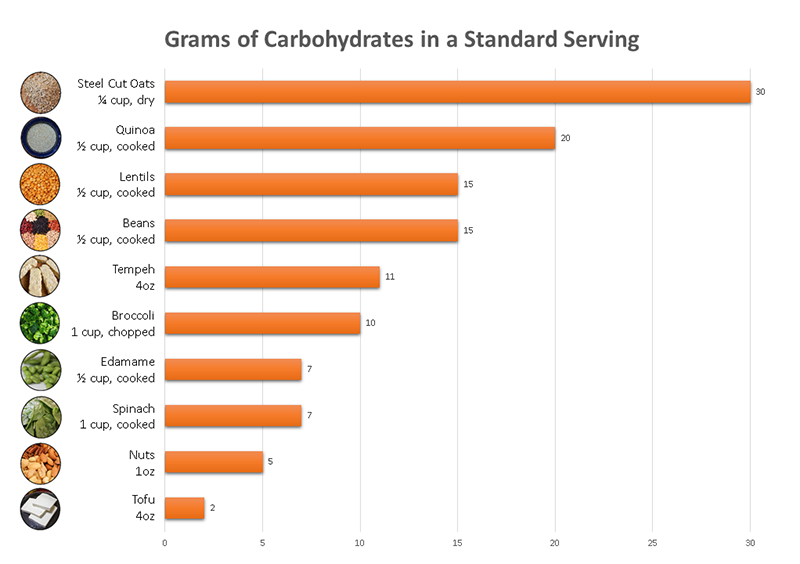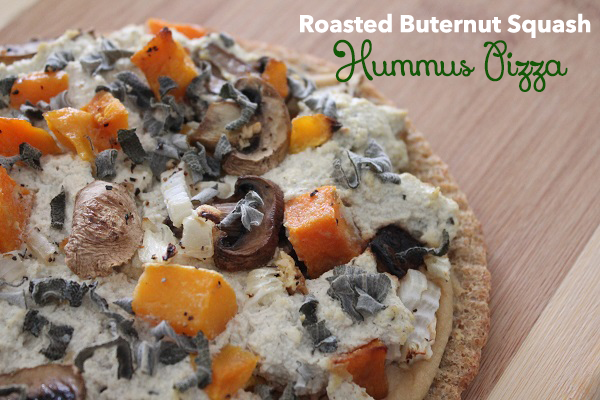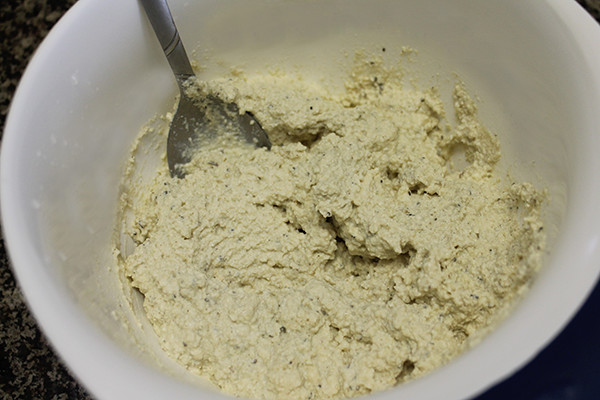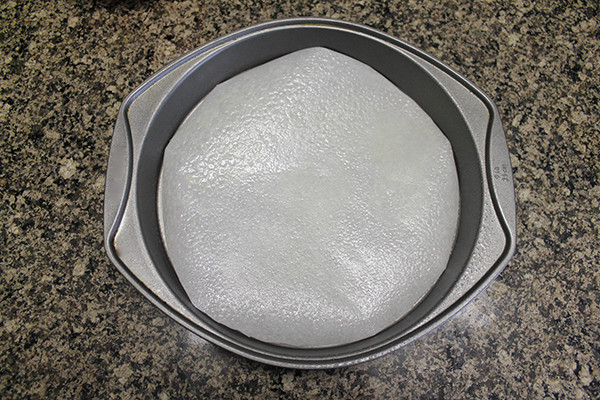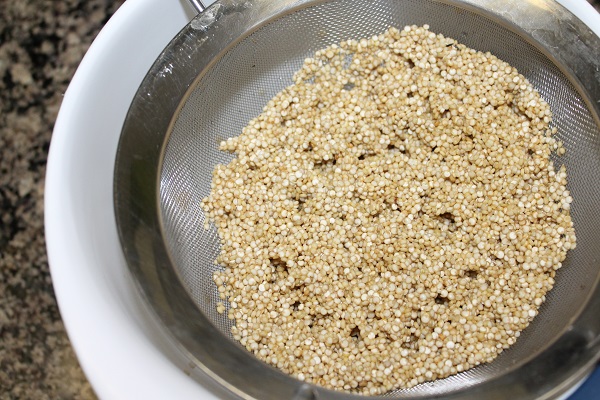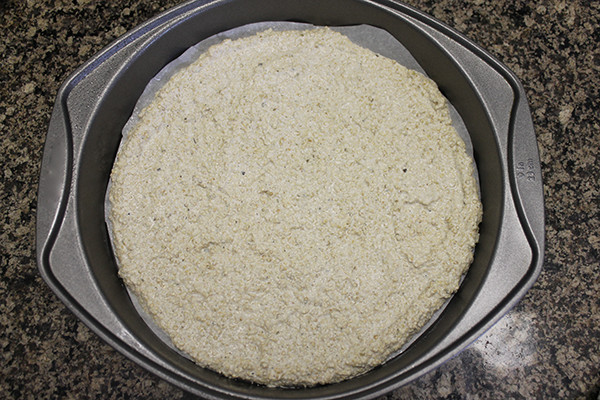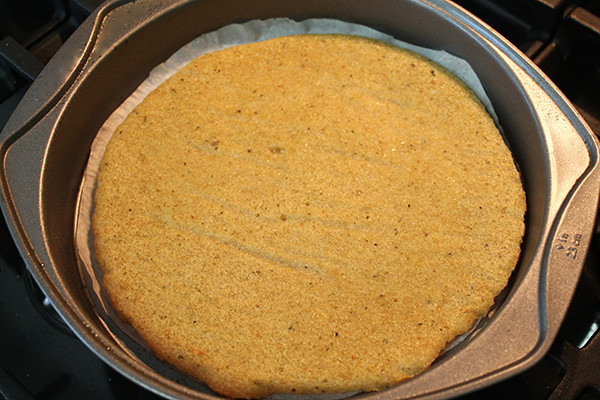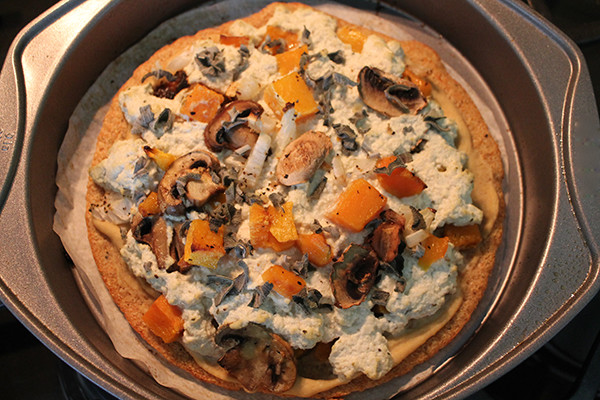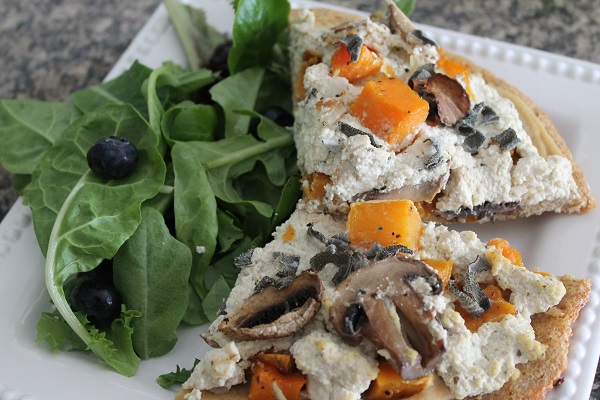Whether you are a vegetarian, a vegan or are just trying to eat more meatless meals, consuming a diet without meat or fish can raise concerns about not getting enough protein. Have no fear, you can still meet your protein needs IF you structure your meals in the right way and don’t fall into unhealthy vegetarian traps like eating tons of processed junk foods all day long (aka- fries, chips and cookies which are conveniently vegetarian!).
How Much Protein Do We ACTUALLY Need?
Protein is essential for growth and maintenance of the body. The Recommended Dietary Allowance (RDA) for protein for most people is 0.8 gram per kilogram of body weight but vegetarians and vegans have about 20% higher protein needs than meat eaters due to the types of proteins consumed. Therefore, vegetarians and vegans should aim for about 1.0 gram of protein per kilogram of body weight.
While protein needs can vary greatly depending on activity level, goals, age, disease state, and other factors, this formula will give you an idea of your minimal daily protein needs.
- Take your weight in pounds and divide it by 2.2 to find your weight in kilograms.
- Now multiply your weight in kilograms by 1.0.
To put this into perspective, a 150 lb person would need at least 68 grams of protein daily.
#Vegetarian or #Vegan? Then you need about 20% more protein than meat eaters. #saslife Click To TweetPlant Powered Protein
As Robert Allison stated so well, one of the first questions people ask when they decide to give up meat is “where can a vegetarian get some protein around here?!?” Well, there are tons of nutrient-dense options to choose from!
Be careful about all the “fake meat” products that are on the market though. These vary in quality, but most are highly processed and nutrient void. Instead, look for products made with whole foods (beans, lentils, nuts, seeds, etc) or better yet just eat the whole foods themselves!
Check out this video for 10 sources of plant-based protein.
(Eggs and dairy are also good sources of protein but aren’t included in this post since it focuses on plant-based foods.)
Peruse the grocery list below for more ideas of whole food, plant-based protein sources to help stock a healthy, well-balanced vegetarian/vegan kitchen. Remember, variety is key so rotate as many types of protein as possible throughout your meals.
A Note about Carbs in Plant-Based Protein
Animal based proteins naturally contain very little carbohydrates (unless you’ve added some in a marinade or breading). However, most plant-based proteins contain both carbohydrates AND protein. This can get rather tricky when you’re trying to plan healthy, well-balanced meals that meet your protein needs while not surpassing your carbohydrate limits for glucose management.
For example, the common vegetarian meal of rice and beans can very quickly exceed your recommended amount of carbohydrates per meal since both rice AND beans are sources of carbohydrates.
When planning meals, be careful to strike the right balance between macronutrients (i.e. carbs, protein and fat). If you’re consuming a starchy protein like beans or lentils, reduce your portion of other starches like sweet potatoes, rice, or tortillas by half or eliminate the additional starch all together.
Check out the graphs below to compare protein and carbohydrate content and use it to while meal planning to determine if your protein selection is starchy (i.e. contains more carbs) or not.
Roasted Butternut Squash Hummus Pizza with Quinoa Crust
Crust Recipe from: Positively Healthy
Makes two 9” pizzas
You would never know this pizza is vegan! It's super tasty and loaded with protein and I promise you won't miss the cheese or pepperoni 🙂 Try different combinations of toppings- spinach, bell peppers, broccoli, edamame, etc would all be great on this base pizza recipe.
Ingredients
For the crust:
½ cup quinoa, dry
¼ cup water (plus more for soaking)
½ tsp each basil and oregano (or 1 tsp Italian Seasoning)
¼ tsp salt
For the toppings:
¼ cup hummus, original flavor
½ cup cubed butternut squash
½ cup diced mushrooms
½ onion, diced
1-2 Tbsp fresh sage, diced
For the tofu ricotta:
7oz firm tofu, drained and crumbled
½ tsp garlic powder
1 tsp dried thyme
¼ tsp each basil and oregano (or ½ tsp Italian Seasoning)
½ Tbsp extra virgin olive oil
1 tsp apple cider vinegar
¼ tsp salt
Directions
- Place quinoa in a bowl and cover with water. Let soak for 4-8 hours or overnight.
- Pre-heat oven to 425⁰F. Drizzle cubed butternut squash, mushrooms and onions with olive oil and season with salt and pepper. Place in oven and roast for 15-20 minutes or until you start to see some charred bits on the edges. (You can also use leftover roasted vegetables).
For the tofu ricotta:
1. Combine tofu, seasonings, oil, vinegar and salt in a food processor and pulse until combined. Let sit for 10 minutes.
For the crust:
1. Line a 9” cake pan or pie plate with parchment paper or use a cast-iron skillet. Spray with non-stick cooking spray or rub with olive oil or coconut oil.
2. Drain and rinse quinoa. Place quinoa in a blender or food processor and add ¼ cup water. Blend until you reach the consistency of a thick pancake batter, adding more water if needed. Add seasonings and salt until combined.
3. Pour batter into prepared pan and quickly spread to an even thickness.
4. Place in pre-heated 425⁰F oven. Bake for about 10 minutes. Carefully flip crust and bake for another 10 minutes or until browned. Remove from oven and add toppings.
To assemble to pizza:
1. Spread an even layer of hummus on crust followed by an even layer of tofu ricotta.
2. Top with roasted butternut squash, mushrooms and onions and sprinkle with fresh sage.
3. Return to oven and bake for another 8-10 minutes or until heated through.
Nutrition Information per Pizza: 410 calories, 17gm total fat, 2gm saturated fat, 630mg sodium, 48gm carbohydrates, 9gm fiber, 19gm protein
Click here for a printer-friendly version of this recipe.
Click here for a printer-friendly version of this blog post.
